SUMMARY
This is AI generated summarization, which may have errors. For context, always refer to the full article.
This compilation was migrated from our archives
Visit the archived version to read the full article.
In 2020, we will try our best not to backslide.
Year in and year out, when warranted, I remind reporters to look for the people angle in events and debates they cover. When a bill is filed, what would this mean to a specific sector? When a policy is announced, was it crafted based on how things are on the ground? When a court decision is handed, how will the law apply to similar cases from here on? When we give in to what the majority wants, how will the minority cope? When we take up the cause of the marginalized, are we doing this at the cost of failing to consider the concerns of the middle class?
I have no doubt that our journalists at Rappler – even most of our colleagues in other newsrooms – are doing what we’re doing because we want governments, corporations, civil society organizations to put people at the heart of their work. (Read this tribute that our reporters made for other journalists on their respective beats: Rappler Jealousy List 2019)
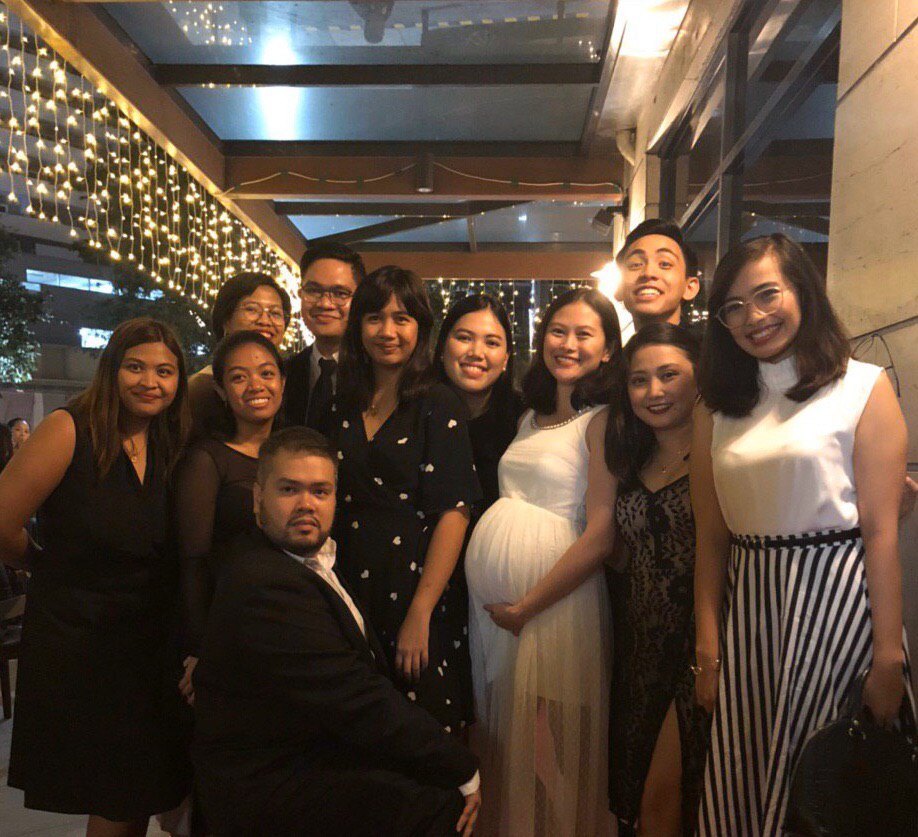
But, admittedly, we can also get enamored with highfalutin concepts, technical matters, opinions of experts, and even occasional literary inspiration when writing about issues we’re passionate about – that we forget to ask – and answer – that one crucial question: Where is the human face, the people’s pulse, in all this?
Discussing this, whether in newsroom huddles or in workshops by Rappler’s citizen engagement arm, I like borrowing a quote from Meghan Markle before she became the Duchess of Sussex: “You’ll often hear people say, ‘You’re helping women find their voices.’ I fundamentally disagree with that because women don’t need to find a voice: they have a voice. They need to feel empowered to use it and people need to be encouraged to listen.”
So, yes, journalists are not some gallant lot giving a voice to communities. The communities have their voice. We only need to purposely listen to it and measure the powers that be, the leaders, the advocates according to how they reflect and serve that voice.
Rappler’s news reporters resolve to do their share in this kind of reporting in 2020, even as they share some of their most-read stories from 2019 that they were proudest of. I give the space to them.
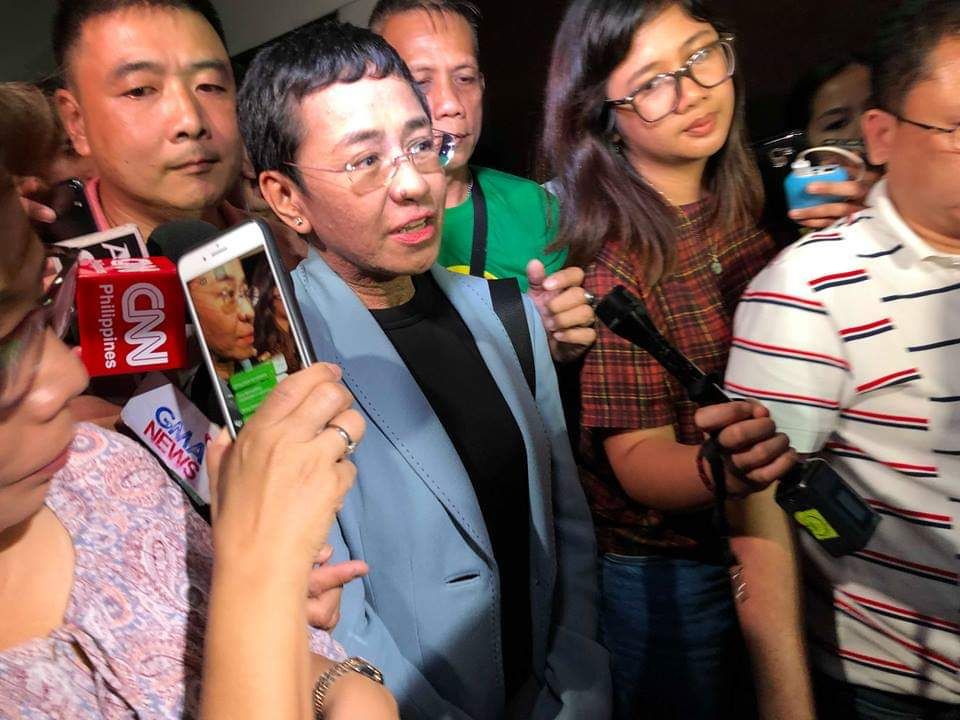
LIAN BUAN covers the judiciary and anti-graft agencies. She tweeted:
In 2020, I vow to name the specific section of a law violated in every story of arrest, inquest, indictment and charge. Maybe if we do so, we can make the law accessible to every Filipino, especially those in the fringes it vows to protect but oftentimes target.
Among her most-read stories in 2019:
- COA sees graft: How Ben Tulfo earned from P120-million PTV-DOT deal
- Meet the lawyers fighting Bikoy’s sedition complaint
- Who voted for Duterte in the Supreme Court?
- ‘Putang ina, pulis ka’ is recurring phrase of suspects in TokHang reports
- ‘The best chief justice we never had’
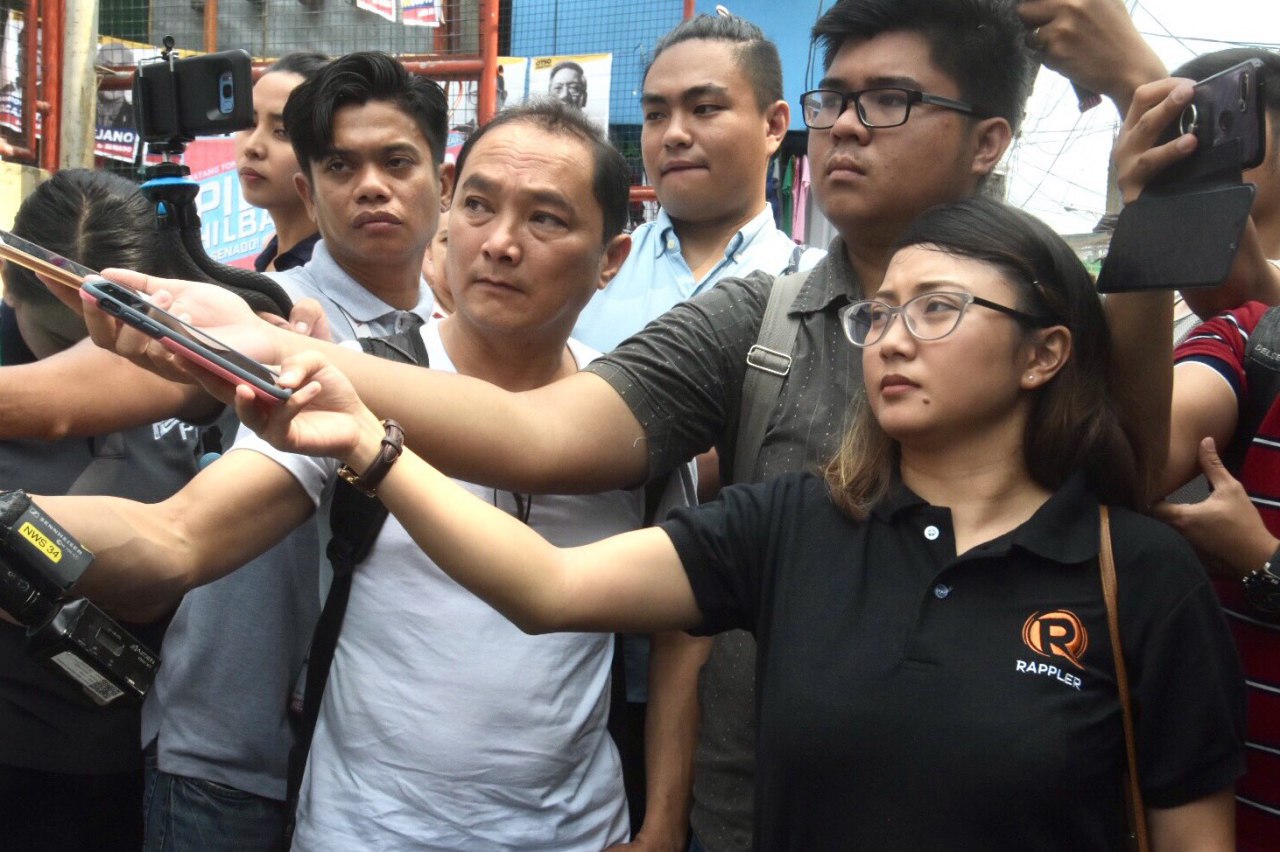
MARA CEPEDA covers the Office of the Vice President and the House of Representatives:
I will strive to always show the human face behind the bills that are passed within the air-condition halls of Batasang Pambansa. It’s so easy to get lost in all the political talk that we tend to forget who really suffers when congressmen mess up.
Among her most-read stories in 2019:
- FALSE: Imee Marcos ‘earned degree from Princeton’
- Behind closed doors, lawmakers OK resolution amending Constitution
- Multi-billion SEA Games 2019 fund follows Cayetano where he goes
- The gamble of Leni Robredo
- Too young to marry

JC GOTINGA covers the security sector, as well as Pasig City:
We will hold our breath for: whether Defense Secretary Delfin Lorenzana will sign the co-location deal between the military and the China-backed telco Dito Telecommunity despite established spying threats the deal poses; how our joint exploration deal with Beijing will redraw the power lines in the West Philippine Sea; how ISIS’ changing strategy (because of its losses in the Middle East) may increase activities among its cells in Southeast Asia; whether the government and the communist party will be able to sit down again to talk peace.
Among his most-read stories in 2019:
- EXCLUSIVE: Chinese ‘naval warship’ harasses Filipino-crewed ship near Scarborough Shoal
- Military report confirms spying risks in deal with China-backed telco
- Vico Sotto, the Prince of Pasig, must prepare for war
- Arrested laborers freed after Vico Sotto helped them post bail
- Ship captain in Chinese vessel spat hailed as hero but might lose job

RYAN MACASERO covers Cebu and Central Visayas:
My fellow Cebuanos can expect me to engage them in the editorial process. I want to know from them what local issues they feel have not been given enough attention and will do my best to dig into it. For example, the issue of the city’s waste collection struggle was first raised decades ago, but why does the problem remain unsolved today? Or why does it seem like the city government and water concessionaires are never prepared for the water shortage when it happens every year?
I find myself in a unique position at Rappler, which many people here call “national,” even if I’m covering local issues. But local issues make sense – and are relevant to – everyone, whether or not they are from Cebu. The local is national and, with the reach the internet gives us, is also global.
Among his most-read stories in 2019:
- Who was David Navarro, the mayor from Mindanao killed in Cebu City
- Indonesia haze reaches Metro Cebu
- Cebu City at the crossroads: Keep or replace Tomas Osmeña?
- Haze in PH: Which masks can protect you and other things you need to know
- Once a shipwreck survivor, Edgar Labella now captain of Cebu City

JANELLA PARIS covers health and education, as well as the San Juan local government:
I will try to zoom in on how the K to 12 program has fared since its implementation during the previous administration. I will also look more into mental health and related aspects, such as suicide and how to maintain good mental health according to professionals. As the Duterte administration has launched universal health care, I will cover issues like hospital detention and medicine prices. I will definitely keep watch of the ongoing polio epidemic and continue to see how the government has improved its vaccination efforts since the Dengvaxia scare of 2017.
Among her most-read/accessed stories in 2019:
- PODCAST: Battling depression and anxiety
- Fathers now allowed 14 days of paid paternity leave under new law
- DOH declares national dengue epidemic
- ‘Our school is not safe’: Ateneo students demand punishment for sexual predators

AIKA REY, while specializing in the budget and infrastructure, also covers the Senate:
I commit to write more data-driven stories, something I neglected doing over the course of my stint covering the Senate. As always, it will be an in-depth look into the yet-to-be-signed P4.1-trillion budget for 2020.
Among her most-read stories in 2019:
- LTFRB again rejects Go-Jek entry into Philippine market
- ‘Spectacle of a grand cover-up’: Senate hearing bares how ‘ninja cops’ remain in service
- Manila Bay rehab: Why the bay can’t be saved in 6 months
- Is Tugade blocking Go-Jek’s entry into the Philippines because of Grab?

RALF RIVAS covers economy and business:
I’ll write more stories about the corporate world, especially now that President Duterte is going after the country’s ultra rich. Will the silent tycoons finally speak up? Are they the unlikely opposition? What will Dennis Uy buy next?
Readers can also expect more stories on agriculture, Chinese investments in the country, the socioeconomic impact of “Build Build Build” on communities, and maybe some personal finance.
Among his most-read stories in 2019:
- Robina Gokongwei’s funny stories about dad
- Manny Pangilinan gears up for battle: Maynilad not for sale
- Dennis Uy’s growing empire (and debt)
- A Chinese online gambling worker’s plight in Manila
- Explainer: How Kapa Community Ministry took advantage of investors
- WATCH: Fed up with traffic, I walked from Cubao to BGC for work
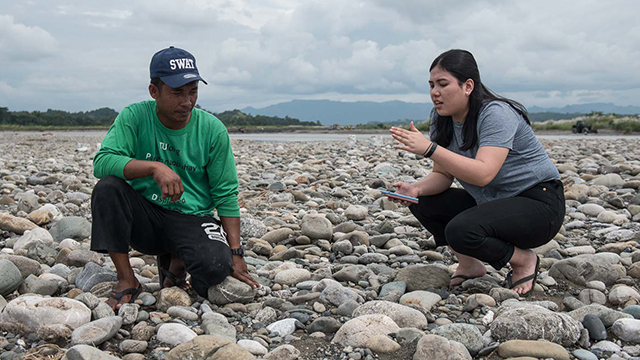
SOFIA TOMACRUZ primarily covers foreign affairs and elections, but pursues stories on women and children as well:
In 2020, I will strive to go to the heart of stories and seek those most affected by foreign policy decisions. I also want to write more stories that shine a light on the treatment of women and children.
Among her most-read stories in 2019:
- Pisay boys who shared lewd photos barred from grad rites
- Why experts strongly oppose lowering the age of criminal responsibility
- Filipino fishermen give dog to Vietnamese after rescue
- LOOK: Chinese survey ship found operating in PH waters
- Why the Global Magnitsky Act matters to the Philippines
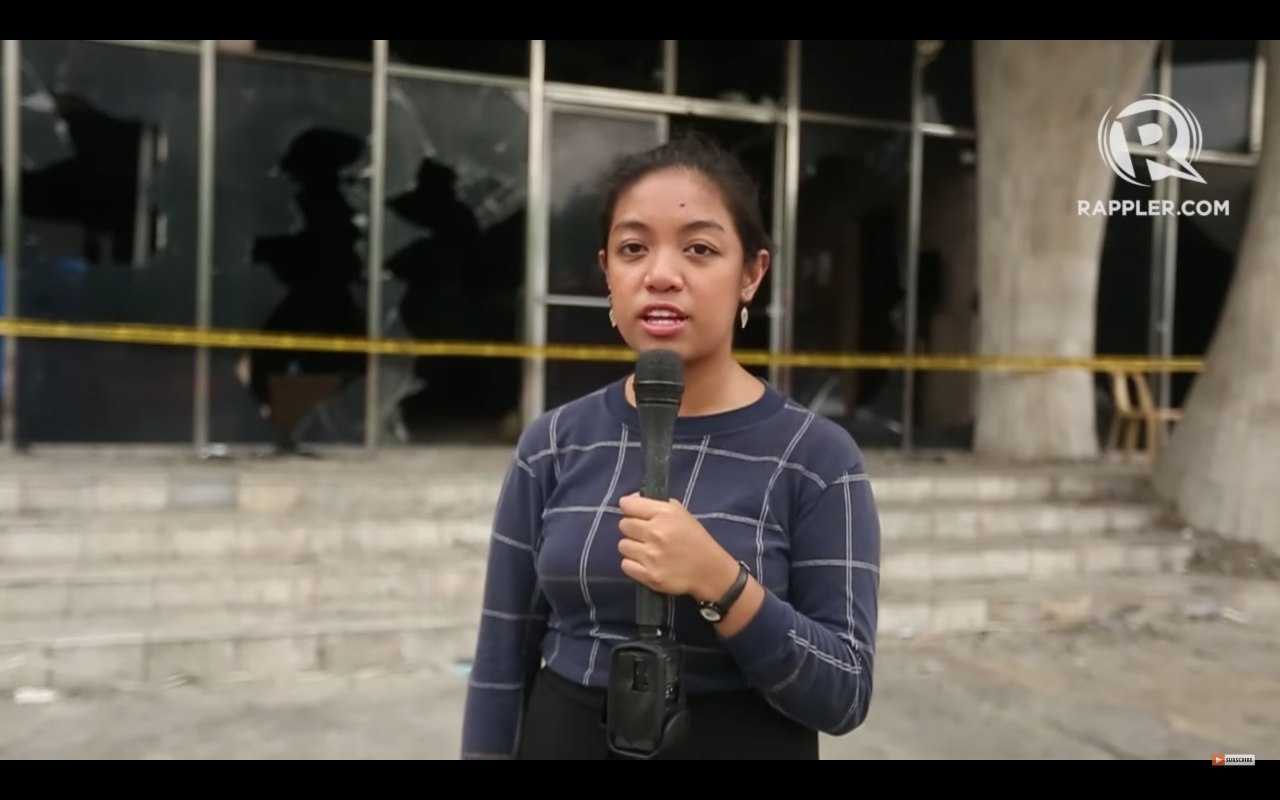
LOREBEN TUQUERO covers the local government sector, transportation, and Quezon City:
In 2019, we constantly saw authorities make decisions without consulting the very people they claim to want to help. They often ended up hurting these constituents. So, for 2020, I will make my coverage inclusive and intersectional. When a government official proposes or enacts a policy, I will assess it from the viewpoint of multiple stakeholders. Who will benefit from this? Who will be displaced? Can the poor afford it? Is it PWD-friendly? Does it pose risks to women and/or the LGBT? By asking questions like these, hopefully I can determine a broader impact for every issue.
Among her most-read stories in 2019:
- No transport crisis? Panelo gets to work after nearly 4-hour commute
- WATCH: Aftermath of the Star City fire
- ASF-infected pigs ‘secretly buried’ in U.P. Campus, residents say
- Second-in-command no more: Joy Belmonte reshapes the Quezon City ideal
- Pending LTFRB approval, Angkas pilot run to be extended – DOTr
***
That was a handful of readings, I know, but a good handful to last you a week, right? Especially if, like me, you resolve to be hopeful for 2020 despite – and especially because of – the challenges our country faces. – Rappler.com
Until next week! Email me your thoughts at miriamgracego@rappler.com. If you want to help Rappler pursue in-depth reports on specific sectors and issues, you can donate to our investigative fund here. You can check out the conversations I engage in on Twitter @miriamgracego and follow the stories I share on Facebook.
Add a comment
How does this make you feel?
There are no comments yet. Add your comment to start the conversation.